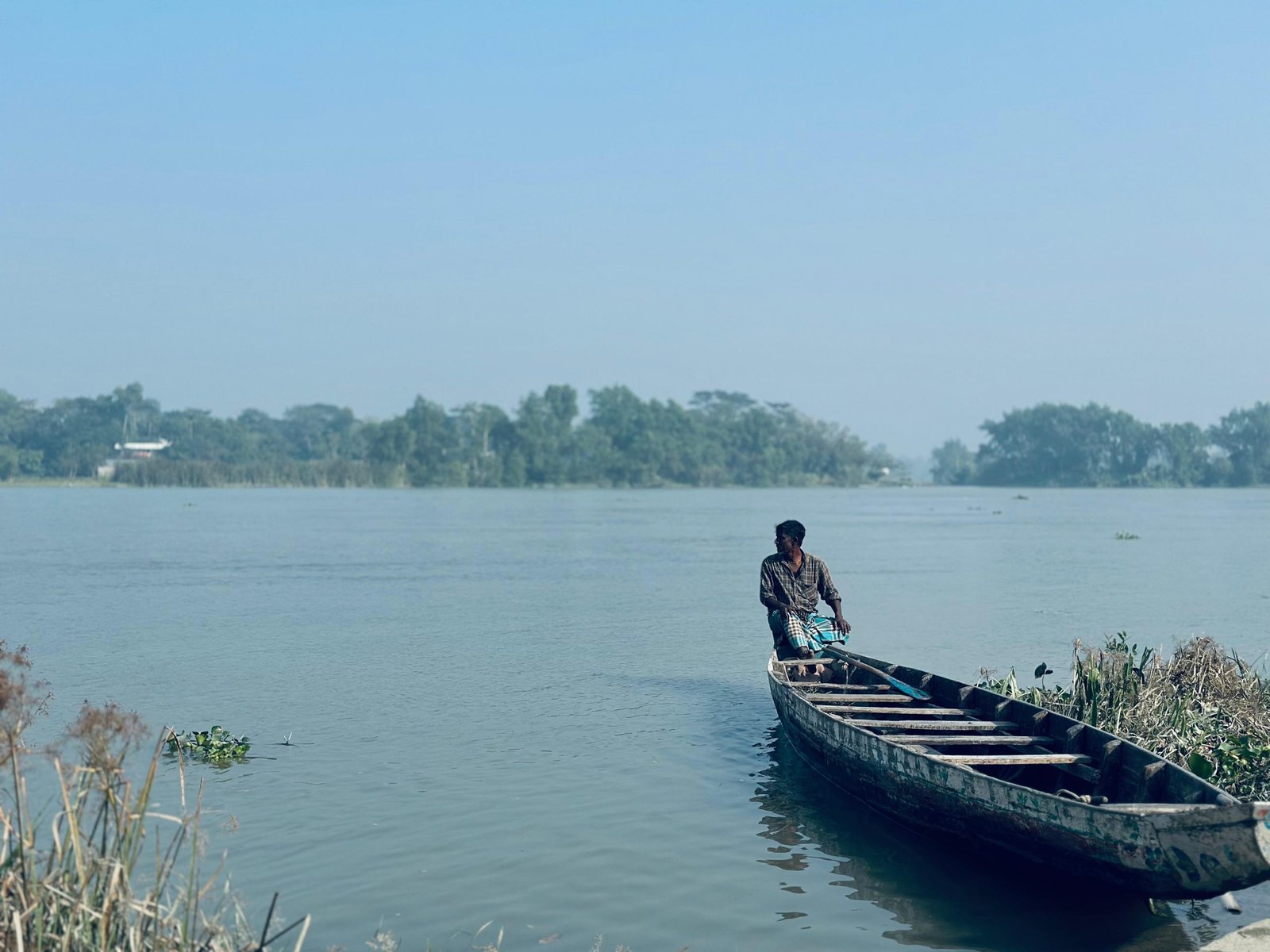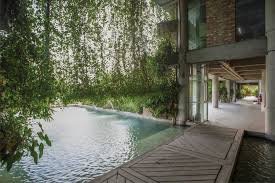Halda River: Bangladesh’s Unique Natural Fish Breeding Spot

Halda River: Bangladesh’s Natural Treasure and Its Conservation Imperative
The Halda River, located in southeastern Bangladesh, is a remarkable natural wonder. It originates from the Badnatali Hill Ranges in the Chittagong Hill Tracts and flows through several districts before merging with the Karnaphuli River. Covering approximately 81 kilometers, the Halda is not just a regular water body. It holds global significance as the world’s only natural breeding ground for pure Indian carp species. This unique feature makes it an invaluable ecological and economic resource for Bangladesh.
Geographical Journey of the Halda River
The Halda River starts its journey from the Badnatali Hill Ranges in Ramgarh Upazila. As it flows, it passes through important regions such as Fatikchhari, Hathazari, and Raozan before reaching parts of Chittagong Metropolitan City. Eventually, it meets the Karnaphuli River near Kalurghat.
Throughout its course, the river is enriched by various tributaries. One of the most significant among them is the Dhurung River. These tributaries not only add to the water volume but also play a crucial role in maintaining the ecological diversity of the river. The Halda River’s flow is dynamic, shaped by seasonal changes and natural geographical formations.
The river’s structure is unique, with bends and curves that create deep pockets of water. These deep areas, locally known as ‘kums’ or ‘kuas,’ serve as essential shelters for fish and other aquatic life. They provide an ideal environment for breeding, making the Halda stand out among the rivers of Bangladesh.
Ecological Significance: A Unique Breeding Ground
The Halda River is best known for its extraordinary role in fish breeding. It is the only natural spawning ground for pure Indian carp species. These species include ruhi (Labeo rohita), catla (Labeo catla), mrigal (Cirrhinus cirrhosus), and kalibaush (Labeo calbasu).
This exceptional characteristic has led to its recognition as a natural gene bank. The importance of this cannot be overstated, as it helps maintain the genetic purity of these valuable fish species. In the past, Halda River was abundant with fish eggs. Historical records indicate that around 4,000 kilograms of fish eggs were collected in 1941. However, over time, factors such as excessive fishing, industrial pollution, and habitat destruction led to a dramatic decline in egg collection. By 2016, the amount had dropped to almost zero.
Thankfully, in recent years, conservation efforts have begun to show positive results. Fish eggs have started to reappear in the river, indicating that the ecosystem is slowly recovering. The efforts to restore Halda’s natural breeding conditions are crucial for ensuring long-term sustainability.
Biodiversity Beyond Carp
Apart from its significance as a breeding ground for carp, the Halda River is home to a diverse range of aquatic species. One of the most notable species found in the river is the endangered Ganges River dolphin. Studies estimate that around 147 individuals of this species inhabit the Halda.
In addition to dolphins, the river supports various species of freshwater fish, reptiles, and amphibians. The presence of these species highlights the rich biodiversity that the Halda sustains. The river’s ecosystem plays a crucial role in maintaining the balance of aquatic life in the region. If protected, it can continue to serve as a sanctuary for countless species.

Challenges Facing the Halda River
Despite its ecological and economic importance, the Halda River faces numerous threats. The challenges are growing, and immediate action is required to prevent irreversible damage.
Industrial Pollution
One of the biggest threats to the Halda River is pollution. Effluents from nearby industries flow directly into the river, severely contaminating the water. Industrial waste contains harmful chemicals that degrade the river’s quality, making it unsuitable for fish breeding and human use.
The toxic substances released into the river not only impact aquatic life but also pose serious health risks to communities living nearby. Fishermen, who depend on the Halda for their livelihood, face declining fish populations due to pollution. If pollution continues, it could permanently damage the river’s breeding capabilities.
Illegal Activities
Unauthorized activities, such as illegal sand extraction and encroachment, have further degraded the Halda River. Sand mining disrupts the riverbed, affecting the flow and stability of the ecosystem. When sand is removed, it leads to erosion, which weakens the riverbanks. Over time, this increases the risk of flooding and habitat destruction.
Encroachment is another pressing issue. Settlements and agricultural expansion along the riverbanks have narrowed the river’s width, reducing its capacity to support aquatic life. Many of these activities violate environmental laws, but enforcement remains weak.
Environmental Degradation
The presence of illegal brick kilns along the Halda River adds another layer of environmental destruction. These kilns extract soil from the riverbanks, contributing to erosion. The burning of bricks releases pollutants into the air, which eventually settle into the water, further contaminating the river.
Additionally, mechanical boats and fishing practices that involve harmful gear cause distress to the fish population. Many fish die due to excessive noise and physical disturbances. If such activities are not regulated, they could wipe out critical species from the river.
Conservation Efforts and Future Prospects
Recognizing the urgent need to protect the Halda River, the Bangladesh government and various environmental organizations have taken several conservation initiatives.
Pollution Control Measures
Efforts are being made to monitor and reduce industrial pollution in the Halda River. Environmental agencies are working to enforce stricter regulations on industries operating near the river. Companies found violating pollution laws are being fined, and some have been ordered to treat their waste before disposal.
However, the challenge remains in consistent enforcement. More stringent policies are needed to ensure industries comply with environmental regulations. Community involvement can also play a significant role in holding polluters accountable.
Community Engagement and Awareness
Local communities play a crucial role in protecting the Halda River. Fishermen and residents who depend on the river have been actively participating in conservation programs. Awareness campaigns have been launched to educate people about the importance of preserving the river’s biodiversity.
Several non-governmental organizations (NGOs) have stepped in to support conservation efforts. They provide training programs for sustainable fishing practices and promote eco-friendly alternatives to harmful activities.
A Call to Action
The Halda River is not just a waterway; it is a lifeline for biodiversity, a foundation for livelihoods, and a crucial part of Bangladesh’s natural heritage. Protecting this river requires collective efforts from government bodies, environmental groups, and local communities.
The challenges facing the Halda River are significant, but they are not insurmountable. With proper conservation strategies, strict enforcement of environmental laws, and active community participation, the Halda can be restored to its former glory.
Now is the time to take action. Every individual can contribute to preserving this extraordinary river. Whether through spreading awareness, supporting sustainable practices, or holding industries accountable, each effort counts.
By working together, we can ensure that the Halda River remains a thriving natural resource for generations to come.







